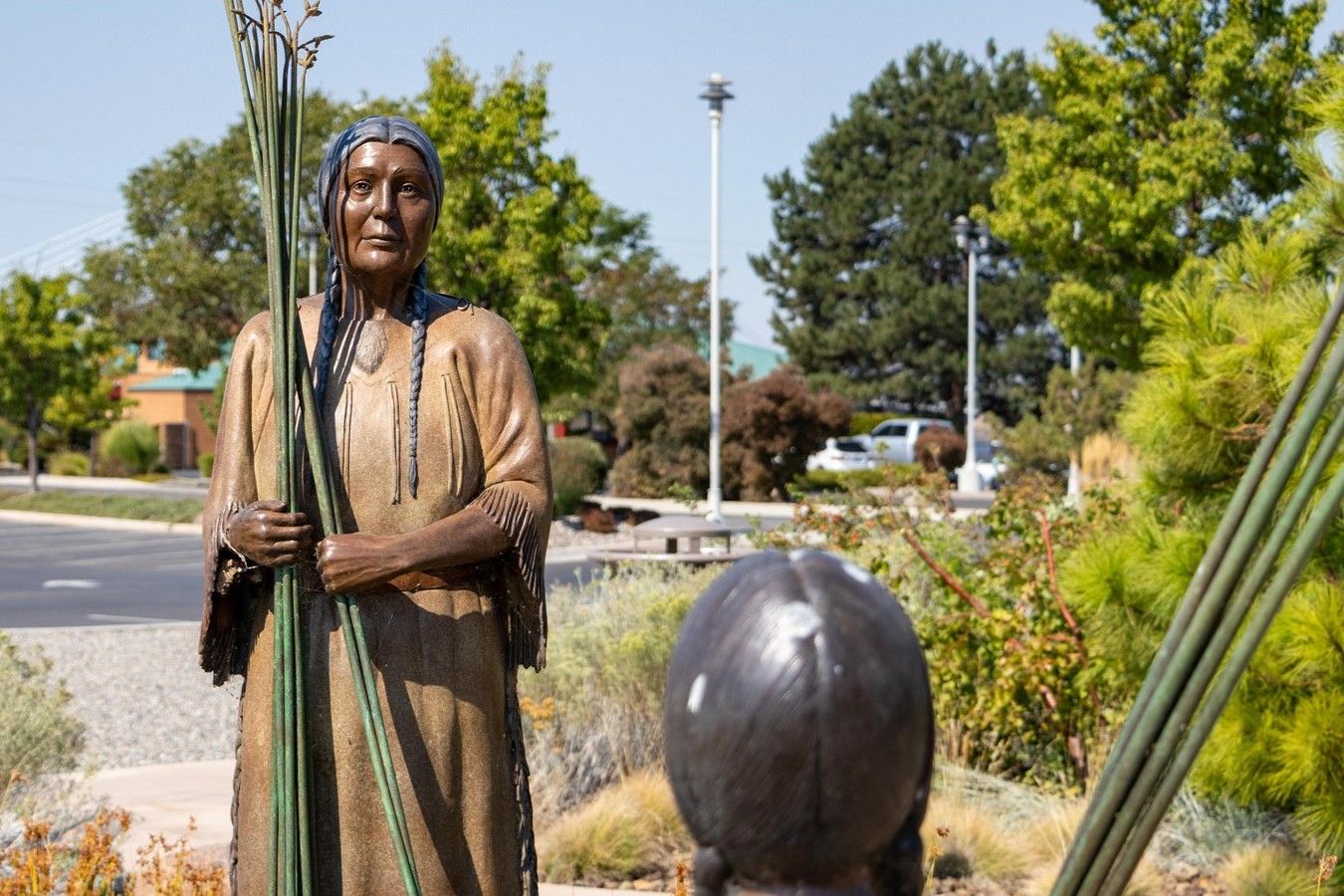Hidden Indigenous Plant Gathering Sites Of The Pacific Northwest

Have you ever wondered about the hidden treasures of the Pacific Northwest? Beyond its lush forests and stunning coastlines, this region holds secrets known to few. Indigenous communities have long gathered plants here, using them for food, medicine, and rituals. These hidden indigenous plant gathering sites offer a glimpse into traditions passed down through generations. Imagine walking through ancient forests, guided by knowledge that has sustained people for centuries. Whether you're a nature lover, history buff, or curious traveler, exploring these sites can deepen your appreciation for the land and its original stewards. Ready to uncover these hidden gems? Let's dive in!
Hidden Indigenous Plant Gathering Sites of the Pacific Northwest
The Pacific Northwest is a region rich in natural beauty and cultural history. Indigenous communities have long relied on the land for sustenance, medicine, and spiritual practices. Many of these plant gathering sites remain hidden gems, offering a glimpse into the deep connection between the land and its original stewards.
Sacred Forests and Meadows
Forests and meadows in the Pacific Northwest are more than just picturesque landscapes. They are sacred spaces where Indigenous people gather plants for food, medicine, and rituals.
Mount Rainier National Park, Washington
- Home to diverse flora, this park is a traditional gathering site for the Nisqually, Puyallup, and Yakama tribes. Huckleberries, camas, and medicinal herbs are abundant here.
Olympic National Park, Washington
- The Quinault and Hoh tribes have long gathered plants like salal berries, devil's club, and cedar bark in these ancient forests.
Willamette National Forest, Oregon
- This forest is a vital area for the Kalapuya people, who collect camas bulbs, Oregon grape, and yarrow for various uses.
Coastal Areas and Wetlands
Coastal regions and wetlands offer a different array of plants, essential for the diets and traditions of coastal tribes.
Neah Bay, Washington
- The Makah tribe gathers seaweed, wild celery, and salmonberries along these coastal shores.
Tillamook Bay, Oregon
- Known for its rich estuaries, the Tillamook people harvest wapato, cattails, and elderberries here.
Columbia River Estuary, Oregon/Washington
- This area is crucial for the Chinook people, who gather wapato, wild rice, and various berries.
High Desert and Plateau Regions
The high desert and plateau regions of the Pacific Northwest offer unique plant species that are integral to the lives of Indigenous communities.
Columbia Plateau, Washington
- The Yakama and Umatilla tribes gather bitterroot, biscuitroot, and wild onions in this arid landscape.
Great Basin, Oregon
- The Northern Paiute people collect pinyon nuts, sagebrush, and Indian ricegrass in this high desert region.
Okanogan-Wenatchee National Forest, Washington
- This forest is a key area for the Colville tribes, who gather huckleberries, wild mint, and kinnikinnick.
River Valleys and Floodplains
River valleys and floodplains are fertile grounds for a variety of plants that Indigenous people have used for generations.
Skagit Valley, Washington
- The Skagit tribe gathers nettles, camas, and wild strawberries in this lush valley.
Willamette Valley, Oregon
- This valley is rich in plant life, with the Kalapuya people collecting camas, hazelnuts, and wild cherries.
Snake River Plain, Idaho
- The Nez Perce people gather camas, bitterroot, and serviceberries along this river plain.
Alpine and Subalpine Zones
High-altitude areas offer unique plants that are crucial for Indigenous communities, especially during specific seasons.
North Cascades National Park, Washington
- The Nooksack and Upper Skagit tribes gather huckleberries, wild onions, and medicinal herbs in these alpine meadows.
Crater Lake National Park, Oregon
- The Klamath tribes collect beargrass, huckleberries, and yampah in the subalpine zones around the lake.
Mount Hood National Forest, Oregon
- This forest is a gathering site for the Confederated Tribes of Warm Springs, who collect huckleberries, wild carrots, and medicinal plants.
Preserving Cultural Heritage
Understanding the hidden Indigenous plant gathering sites of the Pacific Northwest offers a glimpse into the deep connection between Indigenous communities and their environment. These sites are more than just locations; they are living records of traditions, knowledge, and respect for nature. By learning about and respecting these areas, we help preserve a rich cultural heritage that has thrived for centuries.
Visiting these sites responsibly means acknowledging their significance and ensuring they remain protected for future generations. Whether you're a local or a visitor, take the time to appreciate the history and the ongoing relationship between the land and its original stewards.
Next time you explore the Pacific Northwest, remember the stories and traditions that have shaped its landscapes. Your awareness and respect can contribute to the preservation of these invaluable cultural treasures.

